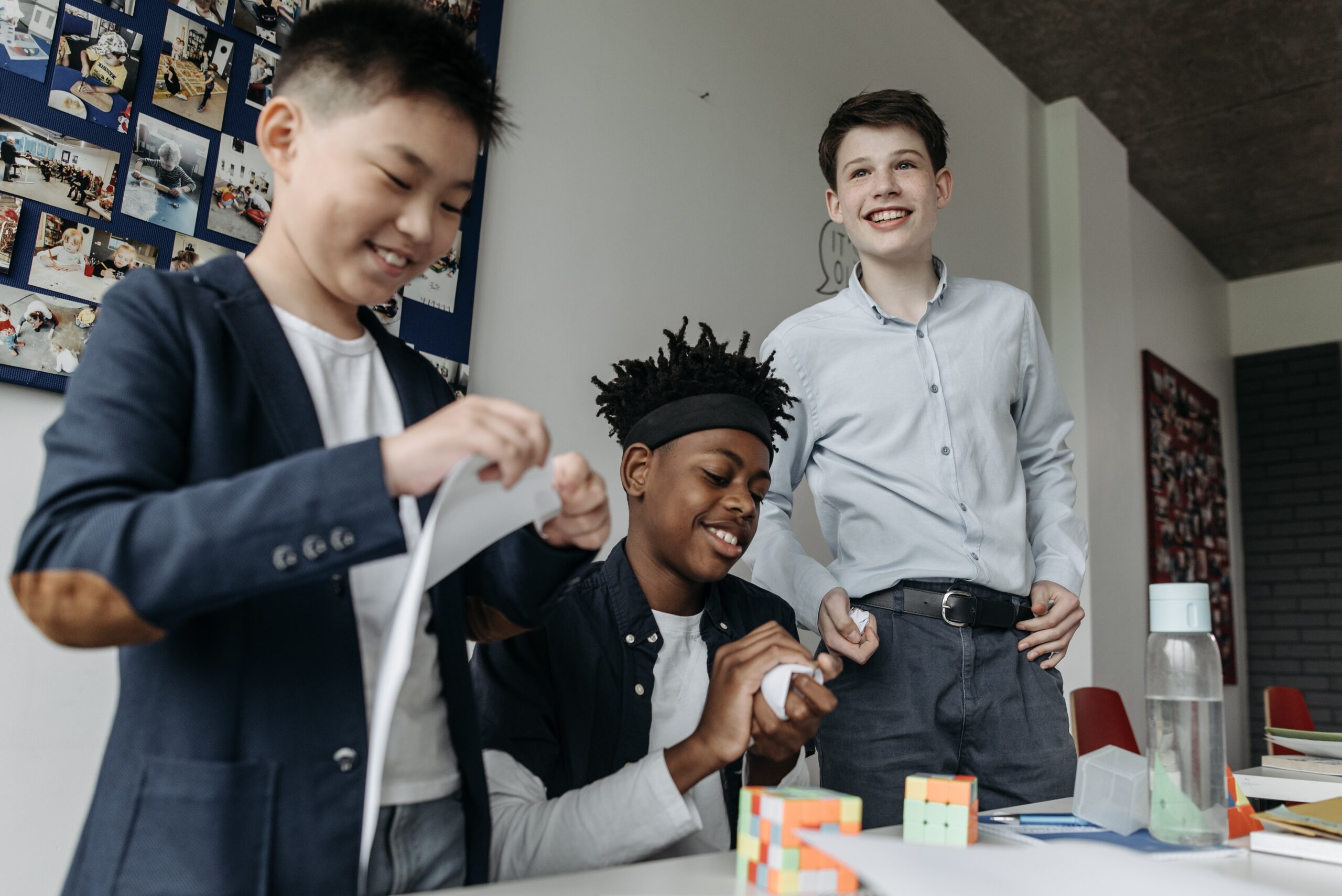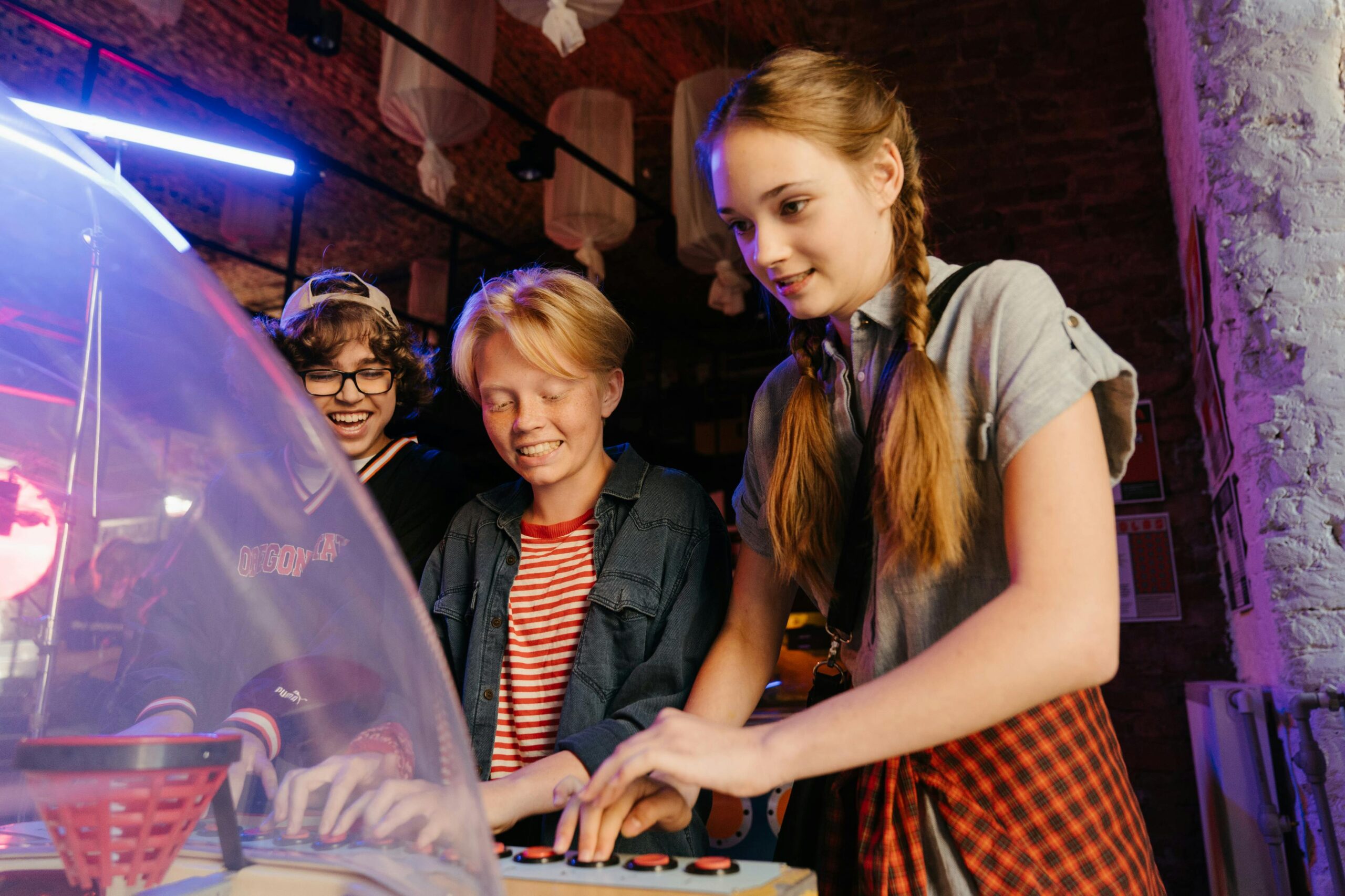
How Social and Emotional Learning Can Help Kids Mature
By Tim Elmore
I remember the day the story broke. Tiger Woods had cheated on his wife and family. In November 2009, tabloids reported Woods was having an affair with nightclub manager Rachel Uchitel. A few days later, he crashed his car in front of his Florida mansion at 2 a.m. Rumors suggested he was trying to flee her home. By 2010, Tiger’s agent was doing damage control. In one interview, a reporter asked what kind of example Tiger’s conduct set for his younger fans. His agent defended Tiger Woods, saying: “Hey, give the kid a break.”
Hmm. The “kid” was 34 years old.
Somehow, referring to a 34-year-old as a kid seems normal now. Today, we carry childhood emotions and irresponsibility with us into our twenties and thirties. Almost half (47 percent) of young adults, ages 18–29, still live with their parents or relatives. The average age for marriage is older today: for females it’s 28; for males it’s 30. One nationwide survey revealed young people don’t see themselves as adults until they have their first child. Today, that happens around age 30. Let’s face it—most of us want to remain a “child” in some ways well into our adult lives.
What’s Missing in Our Rite of Passage?
Throughout history, many cultures enjoyed a “rite of passage” event that enabled kids to pass from childhood to adulthood. The online dictionary Britannica defines this as a “ceremonial event existing in all societies that marks the passage from one social or religious status to another.” This milestone isn’t prevalent today, except for a few events: a bar mitzvah or bat mitzvah, holy communion or the sacraments, and for some, a driver’s license. In our home, we added a mentoring element where at age 13, both our daughter and son were introduced to mentors and experiences that helped them enter their adult years more prepared for what’s ahead.
There’s something missing today, however, as we help kids transition to maturity.
Our rites of passage often involve a celebration of sorts, but not an accompanying responsibility. When a teen becomes an Eagle Scout, or a Girl Scout earns a Gold Award or a high school graduate gets a diploma—all of these are mile markers, but they are “awards” to celebrate, not obligations to fulfill. We offer a party without a duty. Genuine rites of passage bring both reward and responsibility. A boy in an ancient African tribe learned to thatch a roof, kill an animal for food, or perform a task for the community as part of the “rite.” How different.
Today, we love giving our kids rewards. We’re not as prone to give our kids responsibilities.
Consequently, they often don’t feel like adults when traditional adulthood age arrives. Now, don’t get me wrong. I believe it’s right to celebrate our children—to give them trophies, gifts, ribbons, and parties. But when my wife and I did this for our children as teens, we wanted them to feel trusted by also inviting them to take on responsibilities: taking a job, serving at a non-profit, or even assuming larger roles in the family like doing their own laundry. We knew they’d take a step forward only if there was an application—high belief coupled with high expectations.
A festivity to enjoy. A function to fulfill.
How Does This Look at School?
Classrooms today are filled with curriculum on math, history, language arts, you name it. Most of the courses we require of students are important. Yet, when we compare school standards today with schools 150 years ago, there’s a difference. Then, there was a natural, accompanying growth of social and emotional skills alongside studies in the one-room schoolhouse. The development of their character, their social skills, and their sense of responsibility was just as important as reading, writing, and arithmetic. Horace Mann, the father of our public school system, even said so in 1859.
Carrying Their Weight
So, twenty years ago, I began creating courses for young people. The learning surrounded life skills, and the concepts would be taught through an image, a conversation, and an experience. We call them Habitudes® for Social and Emotional Learning. From the start, I knew consuming a life skill without applying it was useless. It is only when information includes application that students’ lives change. And lives change when teens take on real-life challenges, even small ones, that enable them to see themselves as emerging adults.
Doing something bigger leads to seeing themselves as mature.
Our students will only act like an adult when they see themselves as one; when they think of themselves as an adult. Action fosters perception and vice versa. It doesn’t matter how old you are or where you live. Genuine social and emotional learning will naturally lead kids to mature. They begin to manage their emotions; they interact with others with respect and empathy. They carry their weight on a team or group project.
I love that term: carry their weight.
My first real job (after delivering newspapers on a bike) was working in a fast-food restaurant as a teen. My manager, Mike, underscored how I must learn my tasks quickly so I could—in his words—start carrying my weight. This meant I was part of a team and must fulfill my responsibilities on that team, not just get a paycheck. When I began carrying my weight, I felt like an adult. If young people today don’t see adulthood arriving until they have their first child, what are they saying? I believe they’re saying: “That’s when I take on real responsibility. I carry my weight.” I’m suggesting we should teach social and emotional learning with real responsibility attached.
The Roman emperor Marcus Aurelius wrote, “Waste no time arguing what a good man should be. Be one.” So say I to our students: “Waste no time arguing when a person is an adult or what an adult should be. Be one.”
We have an amazing resource called Habitudes® for Social and Emotional Learning that explores this very topic. Our Habitudes® curriculum uses memorable imagery, real-life stories, and practical experiences to teach timeless emotional skills in a way that is relevant to students today. Check out our website to learn more.






